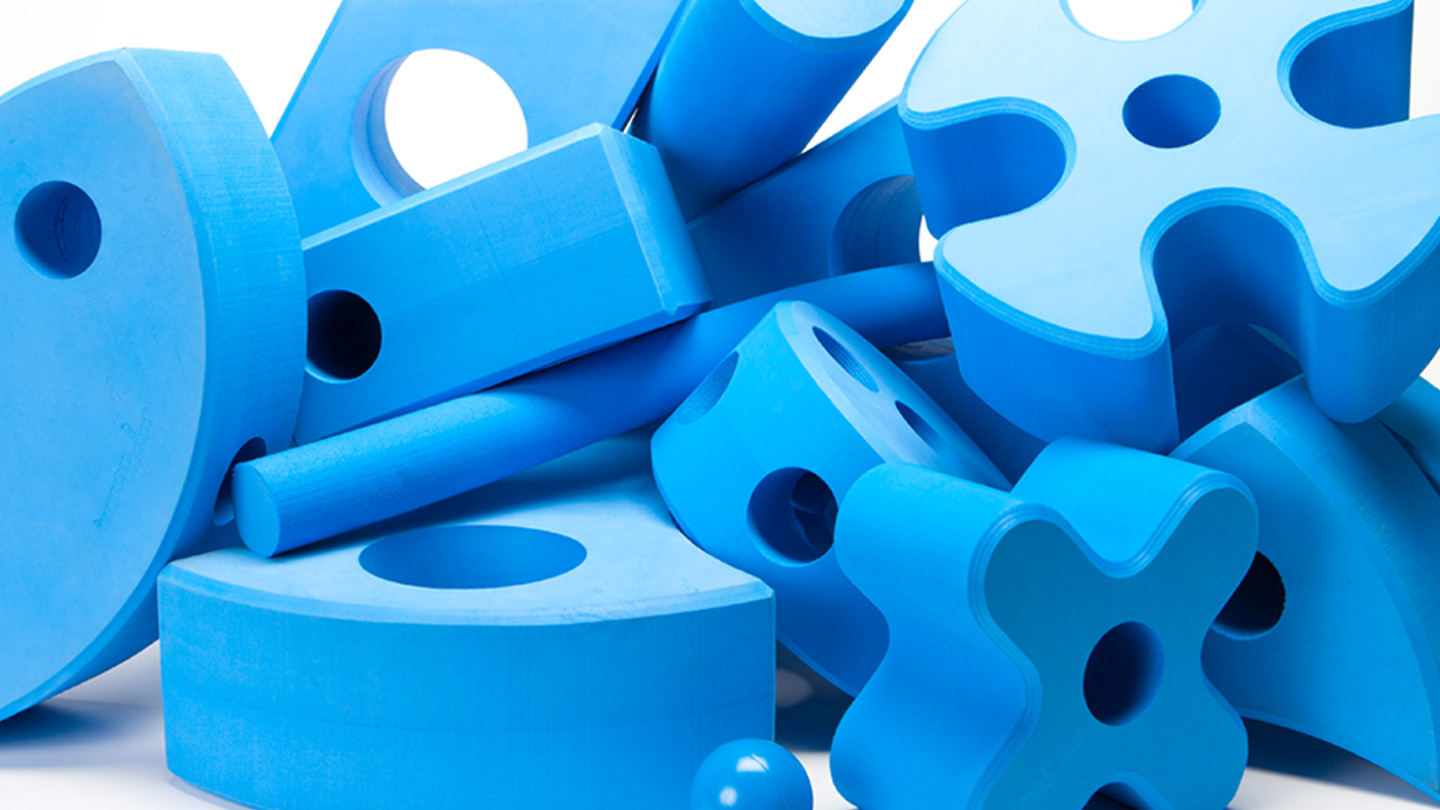
That means there are different wheels for different models.Īnyone passionate about this topic should know about both since they’re relevant in different applications. However, there are two models of color theory we can use to help us determine what colors are complementary to each other. To fully understand what this means and why it matters, let’s have a quick talk about color theory.Īt the heart of color theory is the famous color wheel used by artists and designers alike, which was created in the late 17th century by Sir Isaac Newton.īest known for his physics breakthroughs, Newton mapped the color spectrum into a circle with the seven colors of the rainbow but that later was refined and improved by scientists into 12 colors. Unlike analogous color schemes that are made of adjacent colors, complementary color schemes are pairs of hues that are positioned on opposite ends of the color wheel (or color circle).
Where to find primal blue blocks how to#
In this post, we’ll go over what complementary colors are, the most basic contrasting color schemes, why they matter, and how to create a complementary color palette. It’s also an essential skill for artists and designers as well as anyone who works with artists or designers on a regular basis.

But knowing why a color scheme does or doesn’t work can be really helpful. Most people can tell by looking whether a color scheme is pleasing to the eye or not.


Whether you want to learn more about color contrast to inform your design choices, refine your mental color palette, or help you understand art and design, complementary color combinations are a crucial starting point. They’re the building blocks of every logo, painting, interior decorating scheme, and breathtaking piece of scenery.Ĭomplementary colors are some of the most basic and primal color schemes. In today’s article, you’ll learn how to master complementary colors, the most basic color scheme.Ĭolor schemes are all around us.


 0 kommentar(er)
0 kommentar(er)
